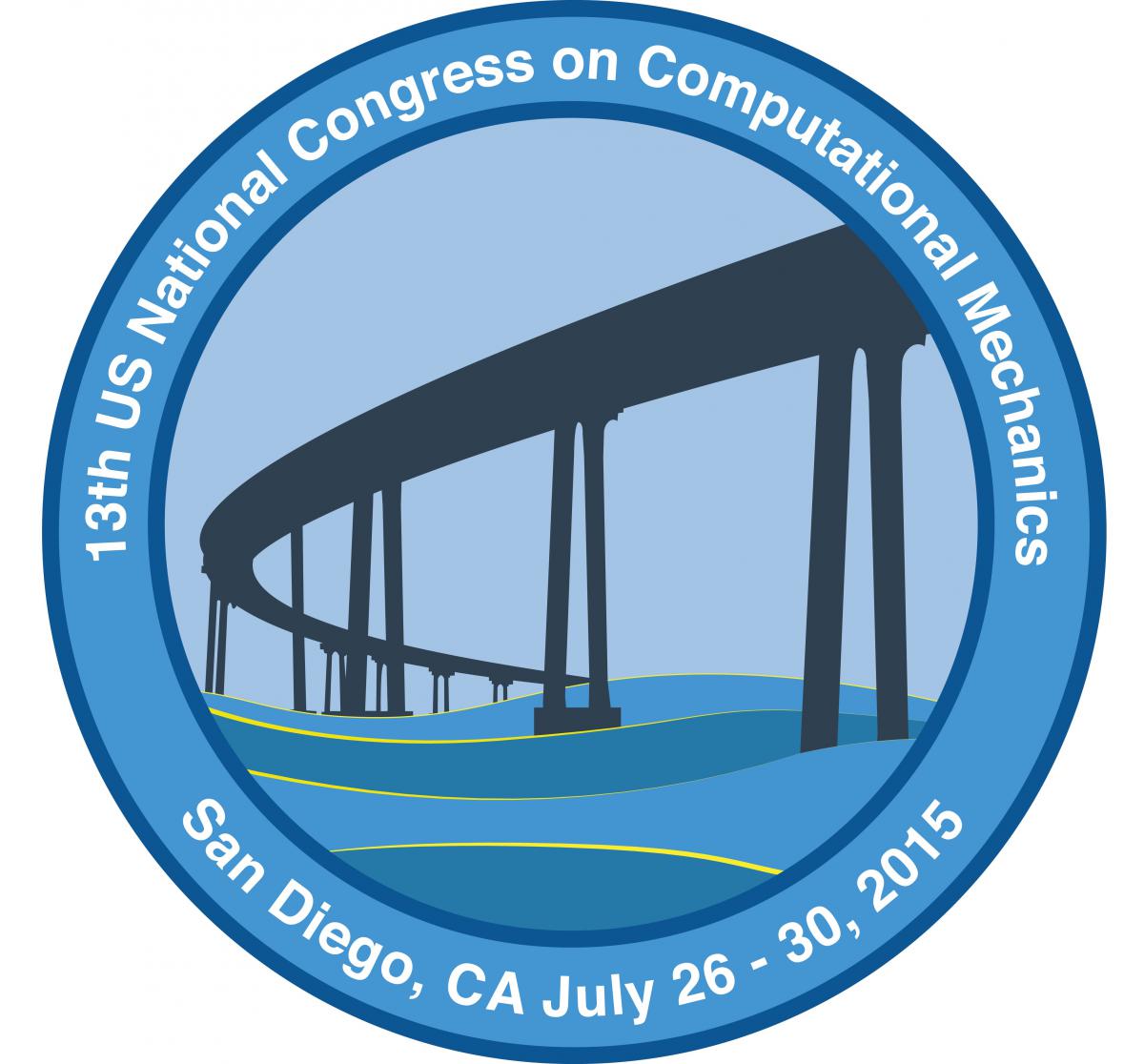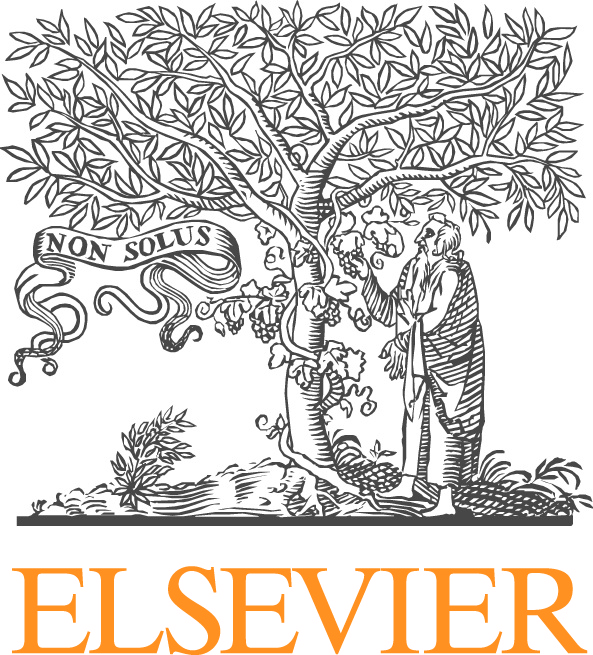Computational Modeling of Material Behavior in Extreme Environments
Advances in metallurgy, manufacturing, material science, and computational analysis are enabling designs and systems that operate in challenging environments. Nuclear power plants are a good example of this, as they consist of a variety of structures, systems, and components that are called upon to operate safely under a variety of harsh environmental conditions that can include irradiation, elevated temperature, high stresses, corrosive environments, and seismic loads, to name a few. In the area of nuclear energy, significant efforts are underway to develop improved materials to safely perform under these conditions, and to develop improved analysis tools to assess the effects of long-term exposure to these environments. These efforts include development of improved materials for nuclear fuel and cladding that are more tolerant of the extreme heat and corrosive steam that would be encountered during accident conditions, and development of simulation tools to assess the effects of aging mechanisms on the integrity of a variety of other components, such as reactor core internal structures, reactor pressure vessels, containment vessels, and other concrete structures.
While nuclear power plants provide plentiful examples of materials that must withstand such environments, there are numerous other examples of industrial, mechanical, and infrastructure applications where modeling and simulation can help understand the response of engineered components and structures to harsh environments. We invite papers related to the computational modeling of materials in harsh environments. Papers concerning material model development, analysis techniques, and applications are welcome. Topics may include:
· Stress corrosion cracking
· Fatigue
· Cracking behavior
· Fire resistance
· Irradiation effects
· High strength alloys
· Space applications
· Low/high temperature material behavior
· Aging of concrete





